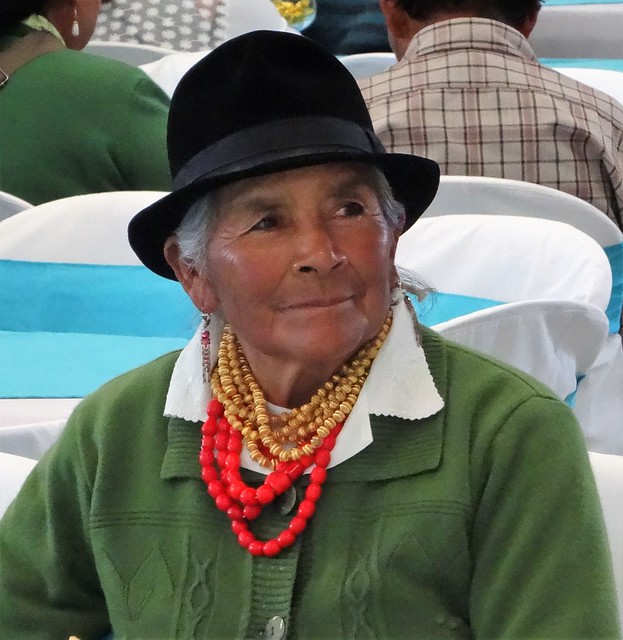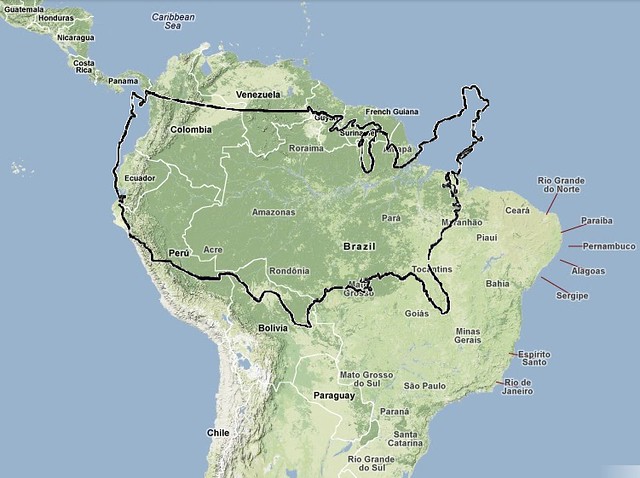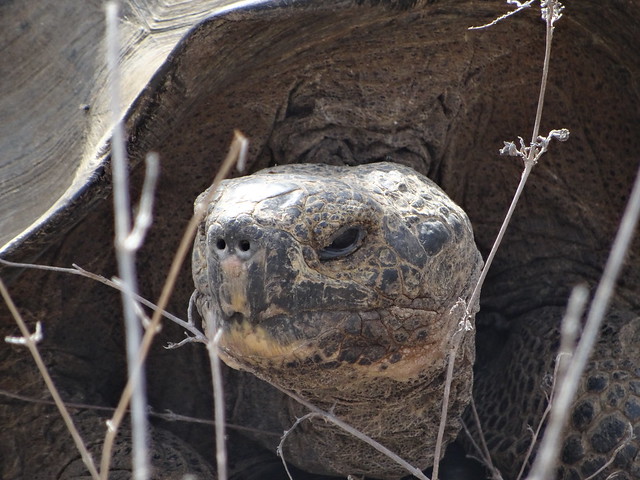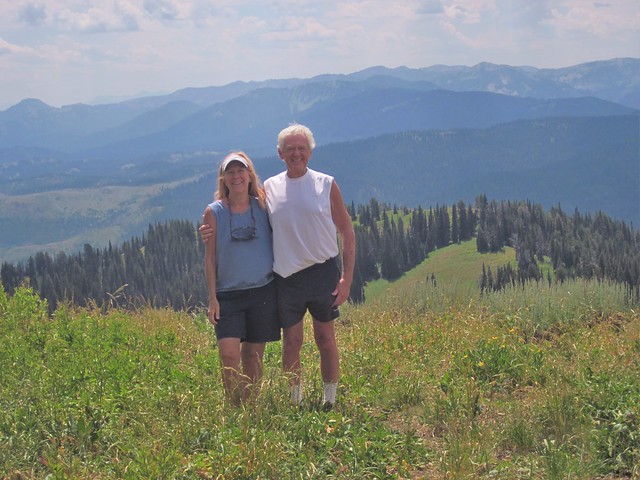Click here for all:
Photos
Our Kiwi Experience
We spent the month of October on the two main islands of New
Zealand. This was the most south we have ever been and is the springboard for
Antarctic cruises and rescues. It was Springtime there as evidenced by people
outside soaking up the rays, the trees in bud, the flower gardens,
breeding/nesting season for birds, and baby lambs everywhere. Everything was
upside down to us. The sun rose over the Pacific. North was closer to the
equator and the South had cooler temperatures. Days are getting longer now
unlike USA. Our compass didn’t work here (as the needle is weighted on the
southern end to counteract the magnetic pull of the North Pole.) We drove on
the left, steering wheel on the right, but had to remember to walk on the left
too!
The North Island is less mountainous than the South Island but is
more marked by volcanism. There are too many fault lines in NZ to count! It was quiet and peaceful and has a bazillion coves and
inlets. 14 miles across the Cook Strait, the South Island contains the
Southern Alps, Fjordlands and Southern Lakes, background for Lord of the Rings. This is one of the
most scenic places in the world. We drove
through gorgeous miles of peaks and rainforests, looking like Jurassic Park.
Waterfalls and rivers and views were plentiful.
NZ is 900 miles east of Australia. Because of its remoteness, it
was one of the last lands to be settled by humans. Polynesians settled in the
islands around 1300 and became the Maori aboriginals. The Europeans didn’t
start showing up in any quantity until the 1850s and are the largest percentage
of population today. We found the local “Kiwis” very friendly, courteous,
polite, helpful, and gregarious.
During its long isolation, New Zealand developed a distinctive biodiversity of animal, fungal and plant life. Sheep and cattle were everywhere, however there are no wild mammals other than marine mammals. (The only mammals native to NZ are 3 types of bats.) We did see plenty of dolphins and the New Zealand fur sea lions - no whales spotted at this time of year. Birds are so prolific and unique that we were in danger of becoming serious birders! The inexhaustible and unusual bird songs we heard made us laugh out loud. Many seabirds breed in New Zealand with 1/3 of them unique to the country. More penguin species are found in New Zealand than in any other country. We saw the Yellow-eyed penguin, the rarest of all
penguins and found only in Southern New Zealand. Another treat was the Northern
Royal Albatross at Taiaroa Head of Otago Peninsula, which is the only place in
the world where they breed on land (where humans are.) You can see from one of
our photos the size of their wingspan (up to 10 feet.) The country’s mascot,
the Kiwi, is extremely difficult to see as they are nocturnal and shy. They are
critically endangered since they are flightless and are easy to pick off by
introduced predators, including dogs.
The food was delicious, and tips and taxes are already included
which we think would be great if we adopted that. No tipping anywhere! In addition to the
wildlife, the Fjordlands NP was the highlight of the trip. The Fjordlands have
steep mountains and deep fjords and is breathtakingly beautiful. The West Coast region has a very high rainfall due to the
prevailing northwesterly wind pattern and the location of the Southern Alps,
which give rise to heavy precipitation. The Fiordlands gets the most rain;
Milford Sound averages 268"/year, being the wettest inhabited place in New
Zealand and one of the wettest places in the world. It can rain 10" in 24
hours. There are 14 fiords along the 134 miles of Fiordland coastline. We had an
overnight cruise on Doubtful Sound, only accessible by boat, which may be the
most beautiful place we’ve ever been to. It was foggy with heavy rain (not
uncommon) our first day and the storms were really wonderful to experience. The
next day was sunny and clear so we got to experience it both ways. The rain
made waterfalls triple in size and number.
NZ is long and narrow, 990 miles N to S and at its widest 250
miles. In square miles it is the size of Colorado. The population is 4.5
million, with ¾ living on the smaller North Island. The country is largely
rural and over 50% of the population lives in the 4 largest cities.
We were there during the Rugby World Cup that New Zealand’s “All
Blacks” team won. They begin each game with the Maori warrior haka challenge
which is more than a little intimidating.
We traveled via boat, train, airplane, foot, and mostly by driving
rental cars. We loved driving through small towns and past the gorgeous remote
or agricultural terrain, and past the snow-crested peaks of their many
mountains. Keep left! Sometimes the journey can be better than the destination.
New Zealand was utterly gorgeous and a fantastic trip.
On to Australia where we spent November, post to follow soon.





